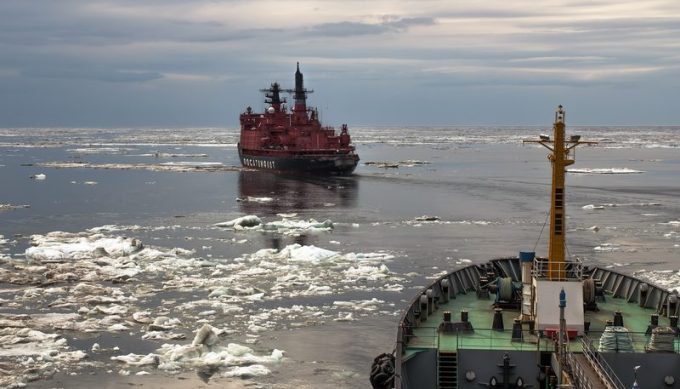CMA CGM changes course on plan to re-route service through Red Sea
Pressure from customers has apparently caused French mainline operator CMA CGM to u-turn on plans ...

Chinese general cargo vessels have found a novel way around the problems in the Red Sea – sailing via the Arctic Northern Sea Route (NSR).
New New Shipping’s Xin Xin Hai 1 and Xin Xin Hai have embarked on a journey that will take them through the thawing NSR, navigable with icebreaker assistance during the summer months.
But scientists say climate change and melting ice sheets will soon make it possible to use the passage all year – going from China to ...
Semiconductors could compensate for air freight's lost ecommerce traffic
'It’s healthy competition' Maersk tells forwarders bidding for same business
Transpacific sees first major MSC blanks as rates fall and volumes falter
'Weakened' Maersk paying a heavy price for its lack of fleet growth
US shippers slam USTR port fee plan – 'an apocalypse for trade'
Opposition builds for final hearing on US plan to tax Chinese box ship calls
Despite sourcing shifts, 'don't write-off China', says CMA CGM CCO
Calling all shippers!
Please give us a minute of your time to answer the following questions:

Comment on this article